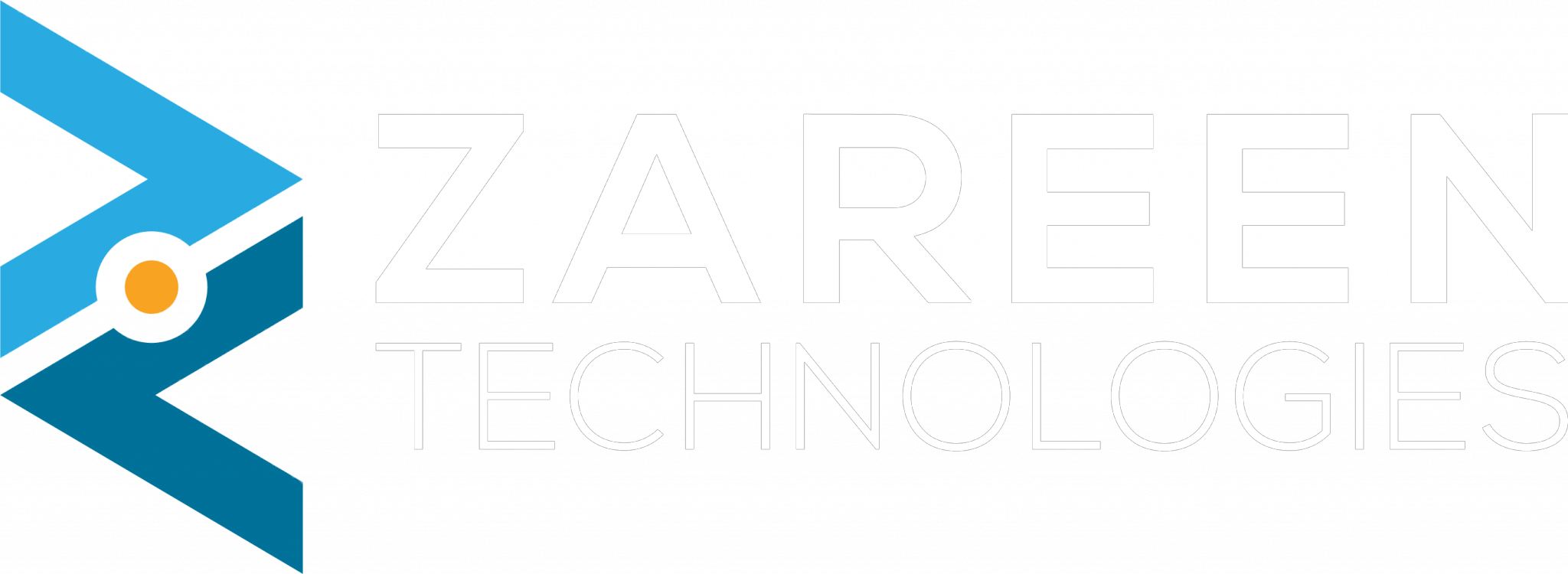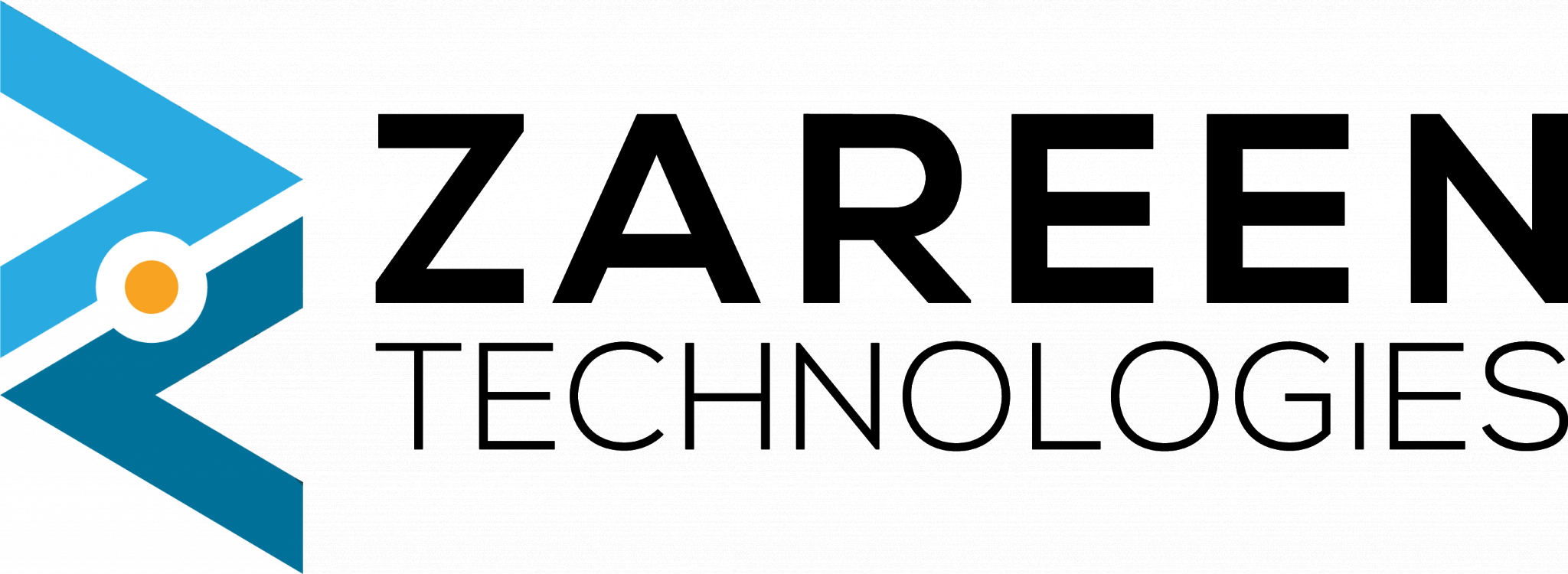What is RAG (Retrieval-Augmented Generation)?
Retrieval-Augmented Generation (RAG) is an AI framework that enhances traditional generative models (such as GPT-3 or GPT-4) by incorporating external information retrieved from a knowledge base or search engine. Unlike standard generative models, which rely solely on the data they were trained on, RAG models retrieve relevant information from an external source, helping them generate more informed and contextually accurate responses.
In essence, RAG combines two key AI components:
- Retrieval: The model retrieves relevant documents, data, or information from a pre-existing knowledge base or corpus.
- Generation: The generative model uses the retrieved information to produce accurate and contextually rich responses.
This fusion of retrieval and generation enables AI models to respond more effectively to complex questions, provide richer insights, and offer solutions based on the most up-to-date information available.
How Does RAG Work?
The RAG process typically involves two steps:
- Information Retrieval: When a query or request is made, the system first searches through an external dataset (e.g., a knowledge base, database, or the web) to retrieve the most relevant documents or data that are related to the user’s query.
- Response Generation: After the relevant information is retrieved, the generative model processes this data and generates a context-aware response. This step ensures that the final output is not just based on pre-existing knowledge, but also enriched with up-to-date, relevant details.
For example, imagine you’re interacting with a customer support AI bot. When you ask a question, the system can pull from both its pre-trained knowledge (like general customer service procedures) and the latest product documentation or FAQs from the company’s website to generate a detailed, accurate response.
Key Components of RAG Solutions
RAG solutions typically consist of the following components:
- Retrieval Mechanism: This can be a search engine, an indexed database, or a dedicated retrieval system that enables the AI to look beyond its training data and search for relevant information in real-time.
- Knowledge Base: The knowledge base can be anything from a set of documents, databases, or live web data, depending on the application. A comprehensive and well-structured knowledge base is key to ensuring that RAG solutions retrieve the most accurate and relevant information.
- Generative Model: Once the relevant data is retrieved, the generative model—often a pre-trained language model—uses this information to craft a response. The generative model, such as GPT, can take this input and generate human-like, coherent answers.
- Query Processing and Filtering: To ensure the most accurate results, the RAG solution must also include processes to filter, rank, and process the retrieved information before passing it to the generative model. This helps prioritize the most relevant content.
Benefits of RAG Solutions
1. Improved Accuracy and Relevance
Traditional AI models, while powerful, often struggle with accuracy when faced with queries outside their training data or when up-to-date information is required. By combining retrieval and generation, RAG models can provide more accurate, context-rich responses by sourcing the most relevant data in real-time.
- Example: A healthcare chatbot can provide the most current treatment protocols by retrieving the latest research and guidelines from trusted medical databases.
2. Scalability
RAG solutions can handle large-scale data sources, making them scalable for enterprises with vast knowledge bases. Whether you’re working with a small dataset or integrating real-time data from multiple sources, RAG models can grow with your needs, providing flexibility and adaptability.
- Example: A financial services firm can use a RAG solution to generate insights from constantly changing market data, news, and reports, helping analysts and customers stay informed.
3. Better Handling of Complex Queries
Unlike traditional AI models, which might produce generic or overly broad responses, RAG models can break down complex queries and provide more specific, detailed answers by pulling in information from specialized sources.
- Example: A legal AI assistant could retrieve and synthesize case law, regulations, and precedents to generate accurate legal advice tailored to a client’s specific situation.
4. Reduced Training Time and Costs
Traditional models require significant training on large datasets, which can be costly and time-consuming. With RAG, much of the intelligence comes from the retrieval step, allowing businesses to leverage existing resources (documents, databases) without needing to retrain the model from scratch.
- Example: A company can implement a RAG solution on its existing internal knowledge base to automate employee support and training without having to invest heavily in new AI models.
Applications of RAG Solutions
RAG solutions have broad applications across industries, including:
1. Customer Service
AI-powered customer service chatbots and virtual assistants benefit immensely from RAG. They can pull real-time information from knowledge bases, product FAQs, and other resources to provide detailed and accurate support to customers, improving satisfaction and efficiency.
- Example: A customer support chatbot could handle complex inquiries related to shipping, product specifications, or troubleshooting by retrieving relevant documents and generating personalized answers.
2. Enterprise Knowledge Management
Companies with vast amounts of internal documentation can use RAG models to improve knowledge management. RAG solutions can help employees quickly retrieve and understand relevant information from internal documents, manuals, or databases, saving time and increasing productivity.
- Example: An HR team could use a RAG-based assistant to access employee policies, legal compliance documents, and best practices instantly when answering employee queries.
3. Healthcare
In the healthcare industry, RAG models can retrieve the latest medical research, patient records, and treatment guidelines, helping doctors and medical professionals provide more accurate diagnoses and treatment plans.
- Example: A medical AI assistant can pull data from clinical trials, patient records, and scientific papers to help a doctor with personalized treatment recommendations.
4. E-commerce and Retail
E-commerce platforms can use RAG to enhance product recommendations, generate detailed product descriptions, and provide dynamic support to customers. By combining the power of retrieval and generation, AI can respond to customer inquiries in real-time with more relevant suggestions.
- Example: A retail AI assistant could pull product reviews, specifications, and available inventory from a store’s database and generate personalized shopping suggestions.
Challenges and Considerations
While RAG solutions offer incredible potential, there are some challenges to consider:
- Data Quality and Relevance: The effectiveness of a RAG system heavily depends on the quality and organization of the external data it retrieves. If the data is outdated, incomplete, or irrelevant, the generated response may be inaccurate.
- Real-Time Retrieval: For RAG solutions to be truly effective, retrieval must occur in real-time, which can introduce latency in response times, particularly in systems with vast or complex datasets.
- Complexity in Integration: Integrating a RAG model with existing systems, databases, or knowledge bases can be complex and may require specialized expertise.
- Ethical Concerns: As with all AI systems, it’s important to ensure that RAG solutions are developed and deployed in an ethical manner. Data privacy, bias in retrieval, and transparency in how information is used must be carefully considered.
Conclusion
Retrieval-Augmented Generation (RAG) is a game-changing AI approach that combines the strengths of both generative and retrieval-based models to deliver accurate, context-aware responses. By leveraging RAG solutions, businesses can unlock the potential of real-time, data-driven AI, enhancing customer service, knowledge management, and decision-making processes.
As the technology continues to evolve, RAG will likely become an essential tool for organizations looking to harness the power of AI in a practical and scalable way. By integrating RAG into your AI strategy, you can provide more precise, relevant, and timely information to your users, all while improving efficiency and reducing operational costs.


